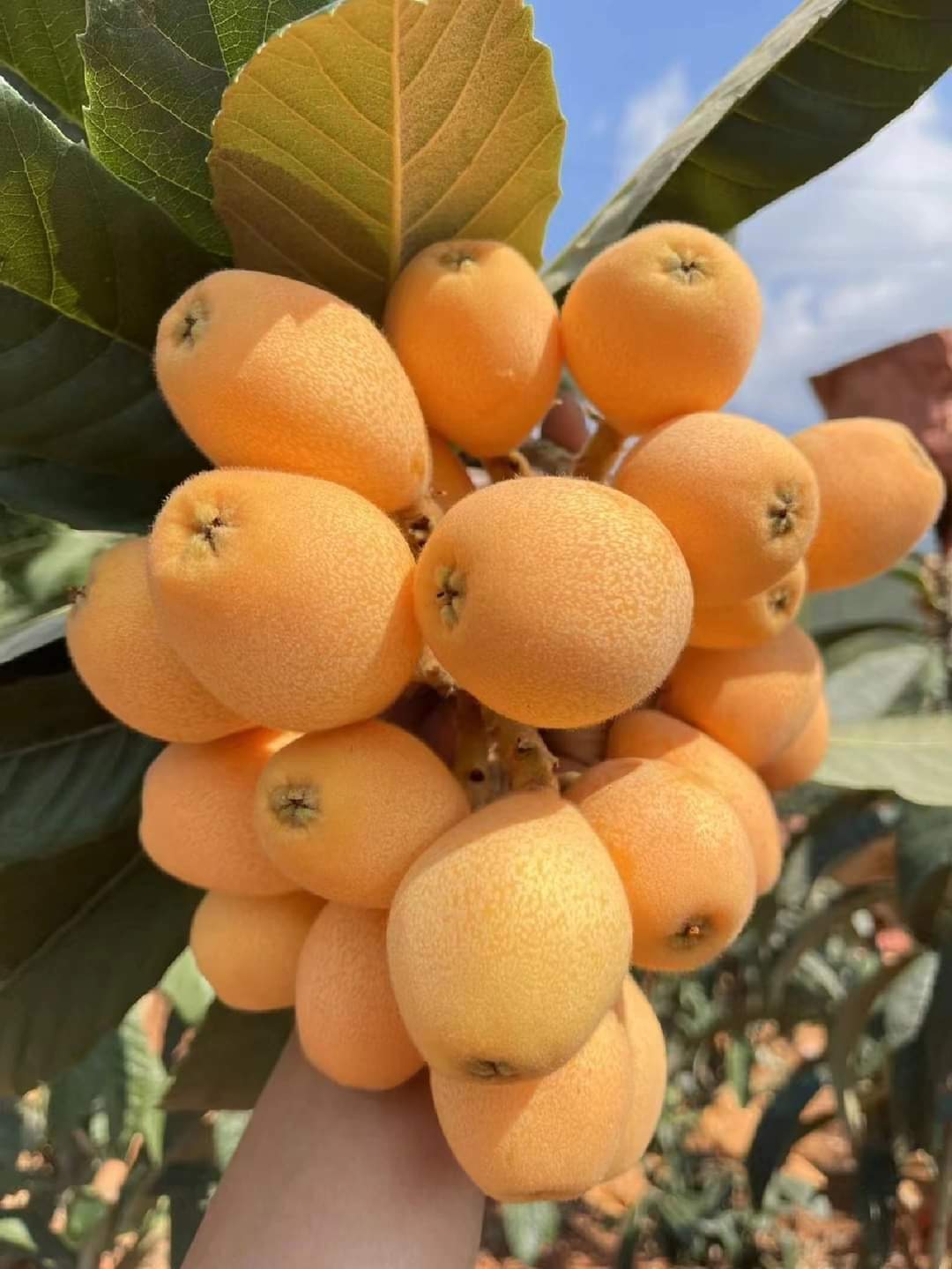A COMPREHENSIVE GUIDE ON HOW TO GROW TISSUE CULTURE
BANANA
Growing tissue culture bananas involves several critical steps that ensure healthy plant development and optimal yields. This comprehensive guide will take you through the process, detailing each step from obtaining the plantlets to harvesting the bananas.
Obtaining Tissue-cultured banana plantlets
The first step in growing tissue culture bananas is to obtain the plantlets. These should be sourced from a reputable laboratory or nursery that specializes in tissue culture propagation. It is essential to ensure that the plantlets are certified as disease-free to prevent future crop losses due to infections. Choosing the right variety of banana is also crucial, as different types are suited to different climates and uses. For instance, dessert bananas might differ significantly from cooking bananas in terms of growth requirements and characteristics. Proper sourcing guarantees a good start for the plants, laying the foundation for a healthy crop.
Prepare for planting
Once you have the tissue-cultured plantlets, the next step is preparing the planting site. Selecting a site with well-drained soil, ample sunlight, and protection from strong winds is vital for the growth of banana plants. The soil should be tested to determine its pH level, with an optimal range being between 5.5 and 7.0. Depending on the soil test results, you may need to amend the soil. For example, if the soil is too acidic, adding lime can help balance the pH. Incorporating organic matter such as compost or well-rotted manure improves soil fertility and structure,
providing the plants with necessary nutrients and promoting healthy root development.
Acclimatization of plantlets
Tissue-cultured plantlets need to be gradually acclimatized to outdoor conditions, as they are initially grown in controlled, sterile environments. Start by placing the plantlets in a shaded area with high humidity for about one to two weeks. This step is crucial as it allows the young plants to adjust to natural conditions without being subjected to too much stress. Gradually increase their exposure to sunlight and reduce humidity over the next two to four weeks. This gradual acclimatization helps in strengthening the plants, making them more resilient and better prepared
for the outdoor environment.
Planting
Planting should be done during the beginning of the rainy season or when reliable irrigation is available. Proper spacing is essential to ensure that each plant has enough room to grow; generally, space the plants 2-3 meters apart in rows that are also 2-3 meters apart. Dig planting holes that are 30-50 cm deep and wide, and fill these partially with a mix of topsoil and compost. Carefully remove the plantlet from its container, taking care not to damage the roots, and place it in the hole with the root ball level with the surrounding soil. Back fill the hole with soil, gently firming it around the plantlet, and water thoroughly..
Care and maintenance
Proper care and maintenance are critical to the successful growth of tissue culture bananas. Consistent watering is necessary, particularly during the establishment period, to keep the soil moist but not waterlogged, which can lead to root rot. Mulching around the base of the plants helps to conserve moisture, suppress weeds, and regulate soil temperature. Regular fertilization with a balanced NPK (nitrogen, phosphorus, potassium) fertilizer, supplemented by micro nutrient solutions if necessary, provides the plants with essential nutrients.
Supporting growth
To support the growth of banana plants, staking may be necessary, especially in areas prone to strong winds. This helps prevent the plants from toppling over as they grow taller and heavier with fruit. Pruning is another important task; removing suckers (side shoots) regularly ensures that the plant’s energy is focused on the main stem. This practice is known as de-suckering and typically involves allowing only one or two suckers to grow as replacement plants for the main plant after it fruits.
Harvesting
Bananas generally take 9-12 months to fruit after planting, depending on the variety and growing conditions. Harvesting is done when the bananas are full-sized but still green. Cutting the entire bunch from the plant, leaving a short stalk, is the standard practice. This timing is crucial to ensure that the bananas ripen evenly and have the best taste and texture. Proper harvesting techniques also help in maintaining the health of the plant for future production cycles.
Post-harvest care
Post-harvest handling involves allowing the bananas to ripen off the plant in a cool, dry place. This controlled ripening process helps achieve the desired flavor and texture. Storing ripe bananas at room temperature is recommended, although refrigeration can slow the ripening process. However, refrigeration might affect the flavor, so its typically used only to extend the shelf life of the fruit once it has reached the desired ripeness. Proper post-harvest handling ensures that the bananas remain in good condition until they are ready for consumption or sale.





